The latest "2023 Annual Cancer Statistics Report" released by the American Cancer Society and published on the PanCAN (Pancreatic Cancer Action Network) website shows that in 2023, an estimated 64,050 Americans will be diagnosed with pancreatic cancer, a number higher than ever before. It is also projected that approximately 50,550 Americans will die from this disease.
Currently, pancreatic cancer ranks as the 10th most commonly diagnosed cancer in the United States and is the third leading cause of cancer-related deaths. It is expected to become the second leading cause of cancer-related deaths by 2030.
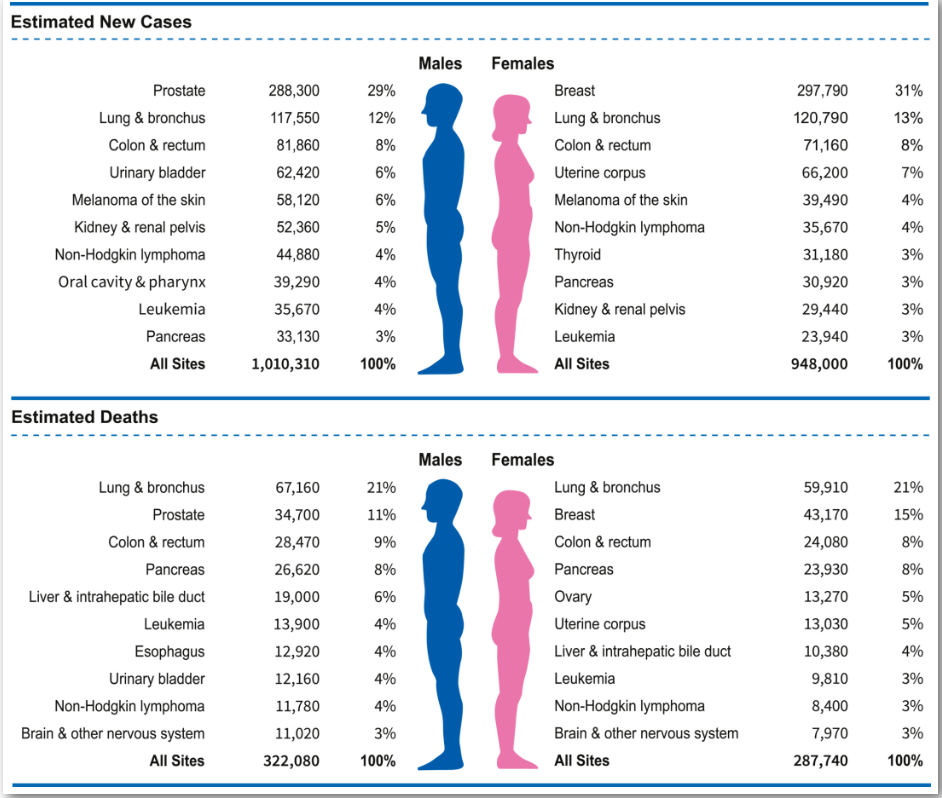
Fig 1: Projected new cancer cases and deaths for the top ten cancer types (USA)
The pancreatic cancer models provided by GemPharmatech mainly include xenograft models and genetically engineered spontaneous tumor models.
Pancreatic Cancer Xenograft Models
GemPharmatech's cell line resource library covers a variety of pancreatic cancer cell lines, including mouse-derived cell lines, target humanized cell lines, fluorescently modified cell lines, and human pancreatic cancer cell lines. These cell lines undergo corresponding tumorigenicity verification and can be used in conjunction with target humanized mouse models or severe immunodeficient mouse models to construct pancreatic cancer xenograft models.
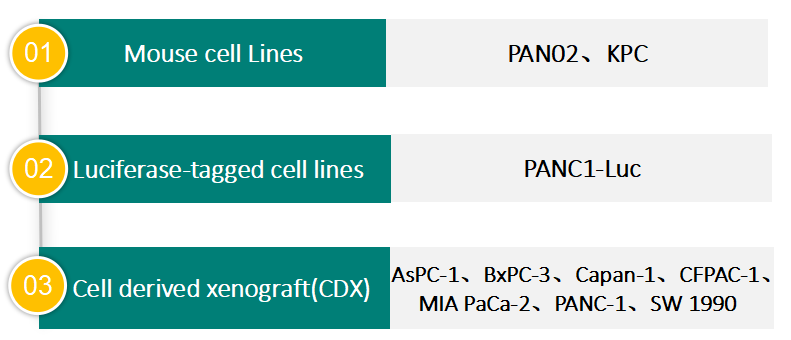
Fig 2: Partial display of pancreatic cancer cell lines
Genetically Engineered Spontaneous Tumor Models
KRAS oncogene plays a critical role in the initiation and maintenance of pancreatic tumors, and its signaling network is a major target for therapeutic intervention. Approximately 85% of pancreatic cancers are pancreatic ductal adenocarcinomas (PDAC), and about 90% of PDAC patients carry KRAS gene mutations.
The KPC mouse model is generated by breeding B6-KRAS-LSL-G12D, B6-P53-LSL-R172H, and B6-Pdx1-iCre transgenic mice, and it can progress to invasive and metastatic cancer. This model effectively simulates the pathological progression from pancreatic intraepithelial neoplasia (PanINs) to PDAC in humans.
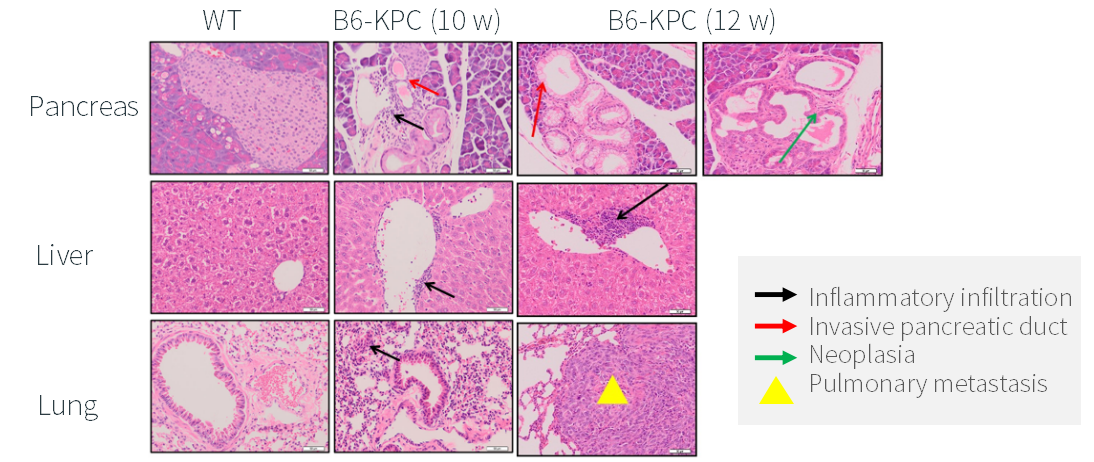
Figure 3. Pathological analysis of B6-KPC mice
At 10 weeks of age, B6-KPC mice developed pancreatic ductal adenocarcinoma, characterized by glandular arrangement of tumor cells, along with inflammatory lesions in the liver and lungs. By 12 weeks of age, these mice exhibited progression from pancreatic intraepithelial neoplasia to pancreatic ductal adenocarcinoma.
In addition to providing a spontaneous pancreatic cancer model, GemPharmatech has independently created the mPAKPC background mouse model. Tumor masses isolated from B6-KPC mice were re-implanted into wild-type B6 mice to obtain mPAKPC mice, which demonstrate stable passage and distinct growth kinetics. Furthermore, GemPharmatech has established cell line isolation and culture based on mPAKPC, as well as subcutaneous, in situ, or metastatic tumor model construction services to facilitate corresponding in vivo drug efficacy validation.
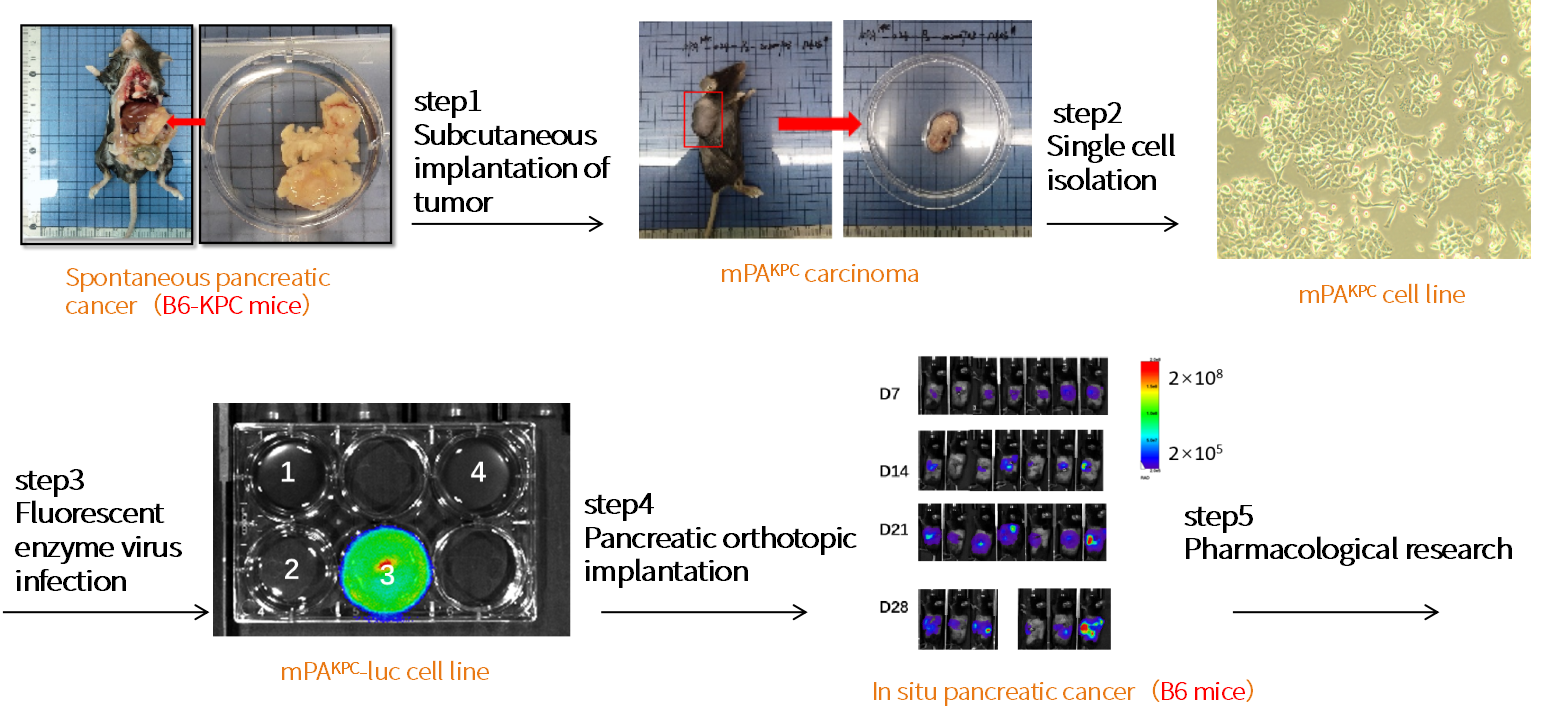
Figure 4. Construction strategy of the mPAKPC model
Efficacy Data Presentation:
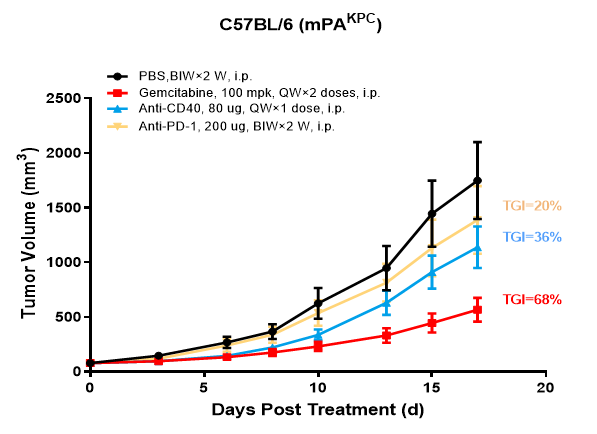
Figure 5. In vivo drug efficacy of mPAKPC-luc cell line
Gemcitabine exhibits the most potent tumor growth inhibition (TGI=68%).


